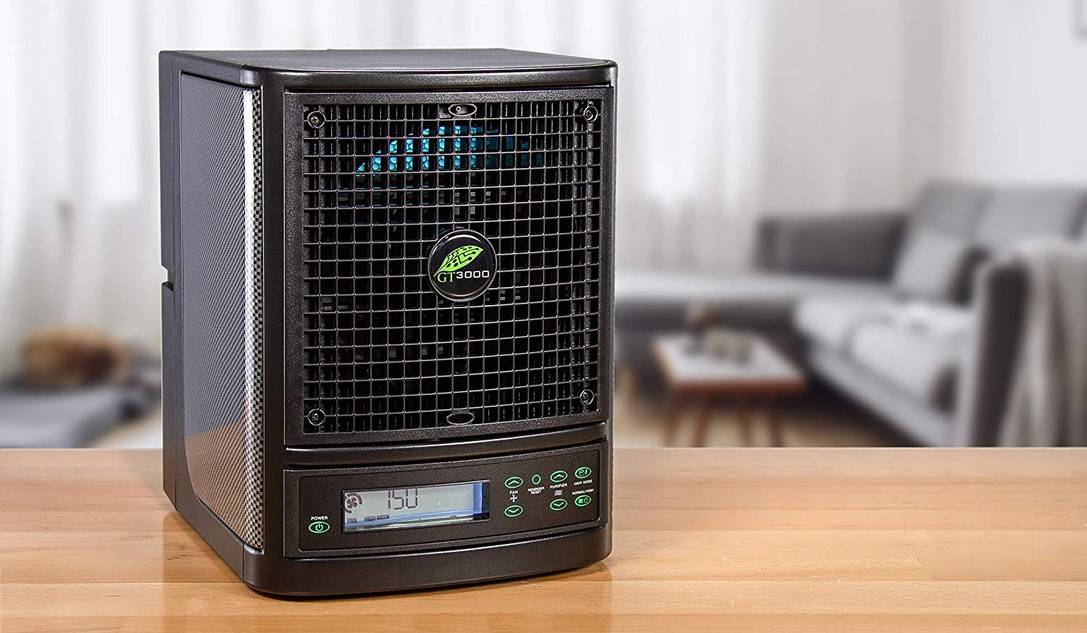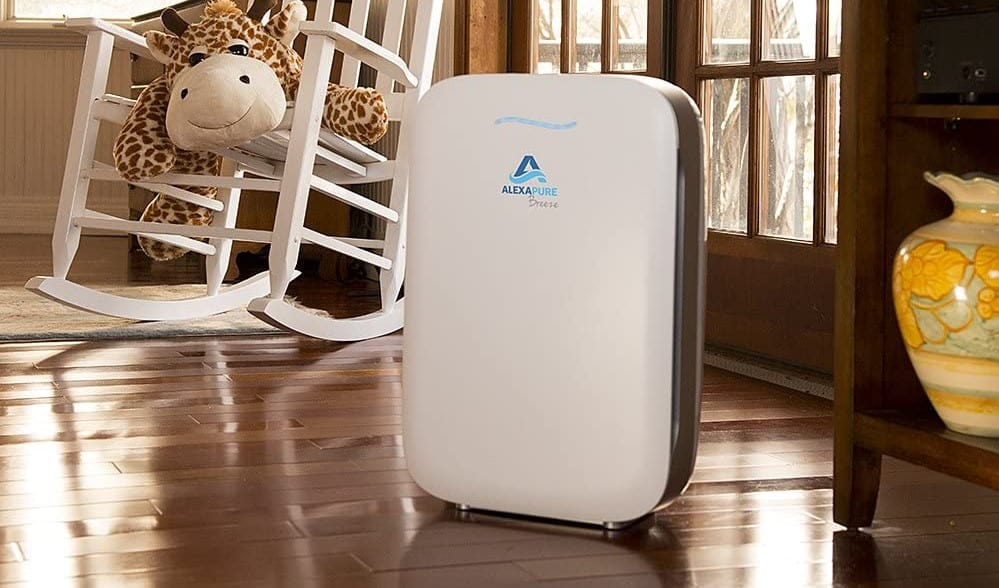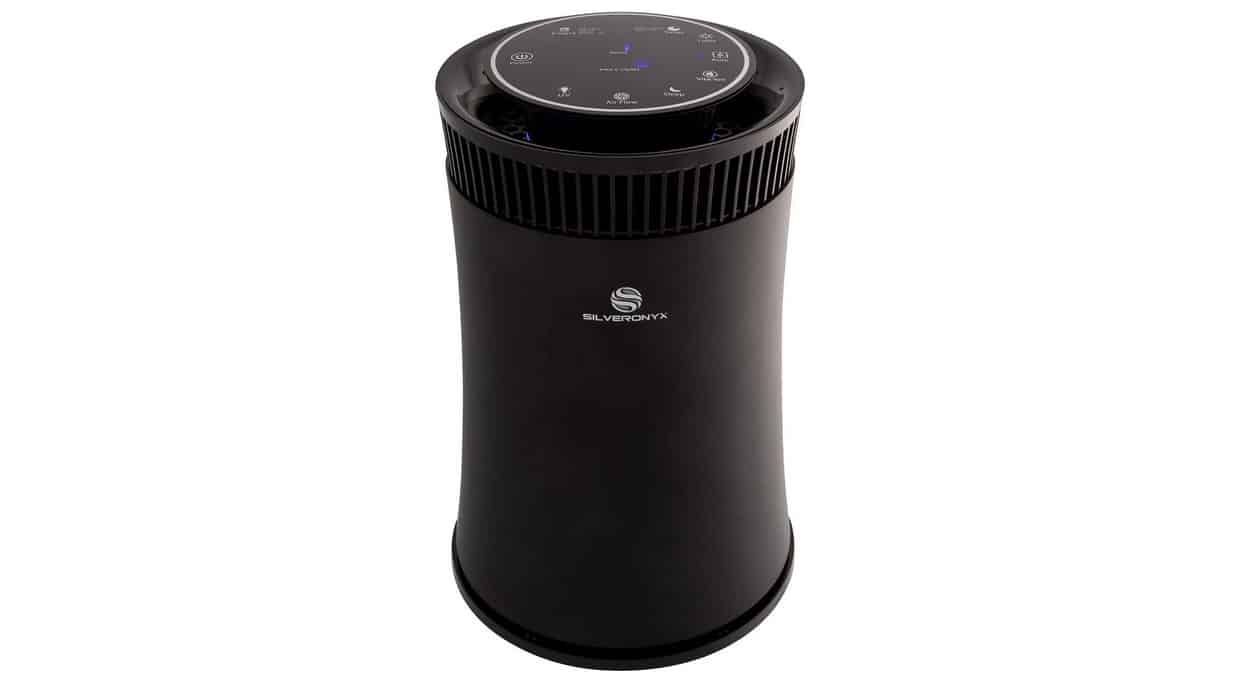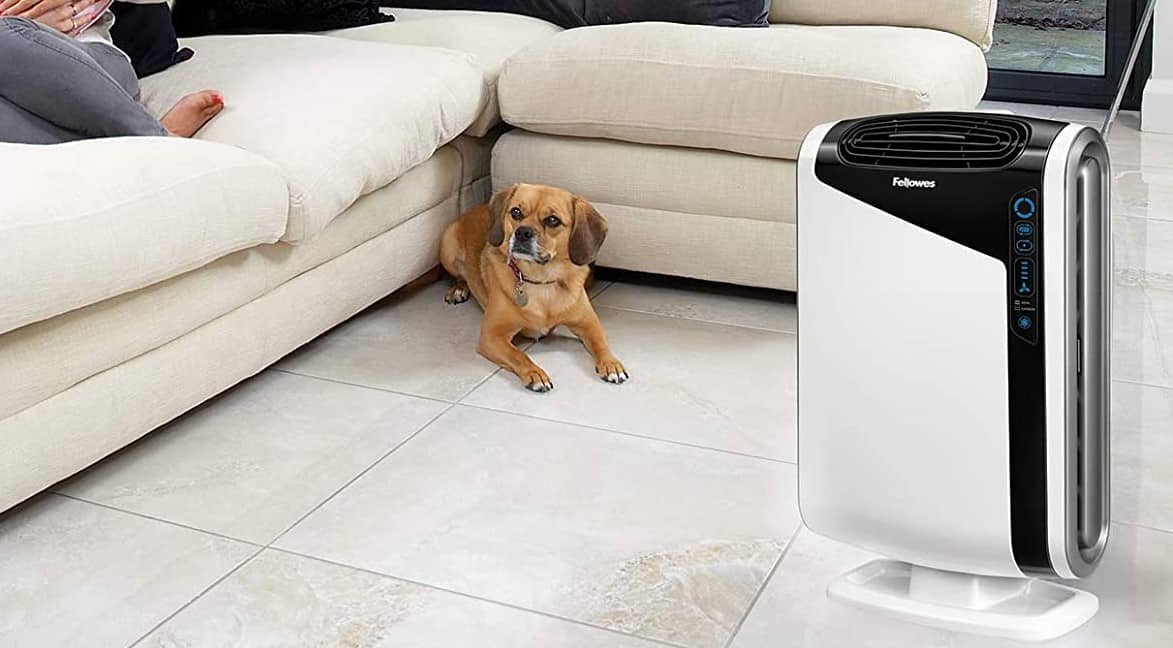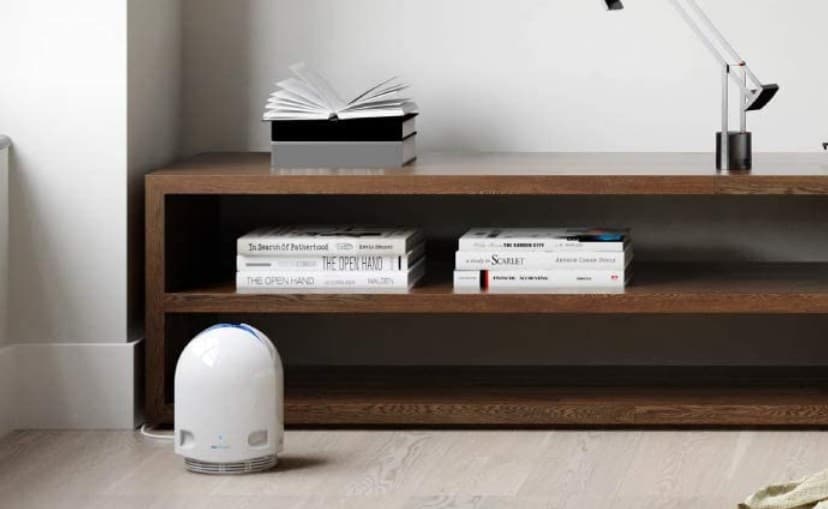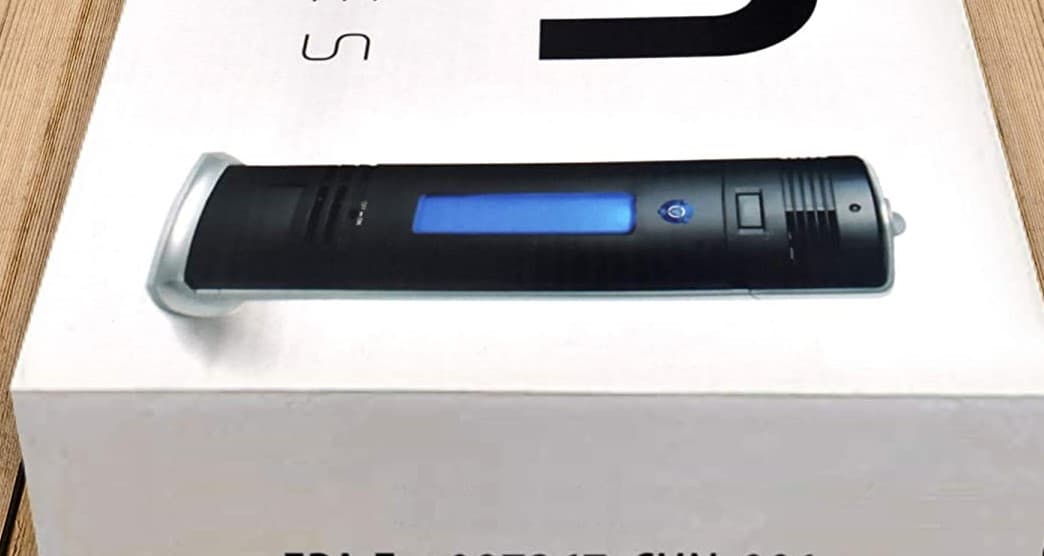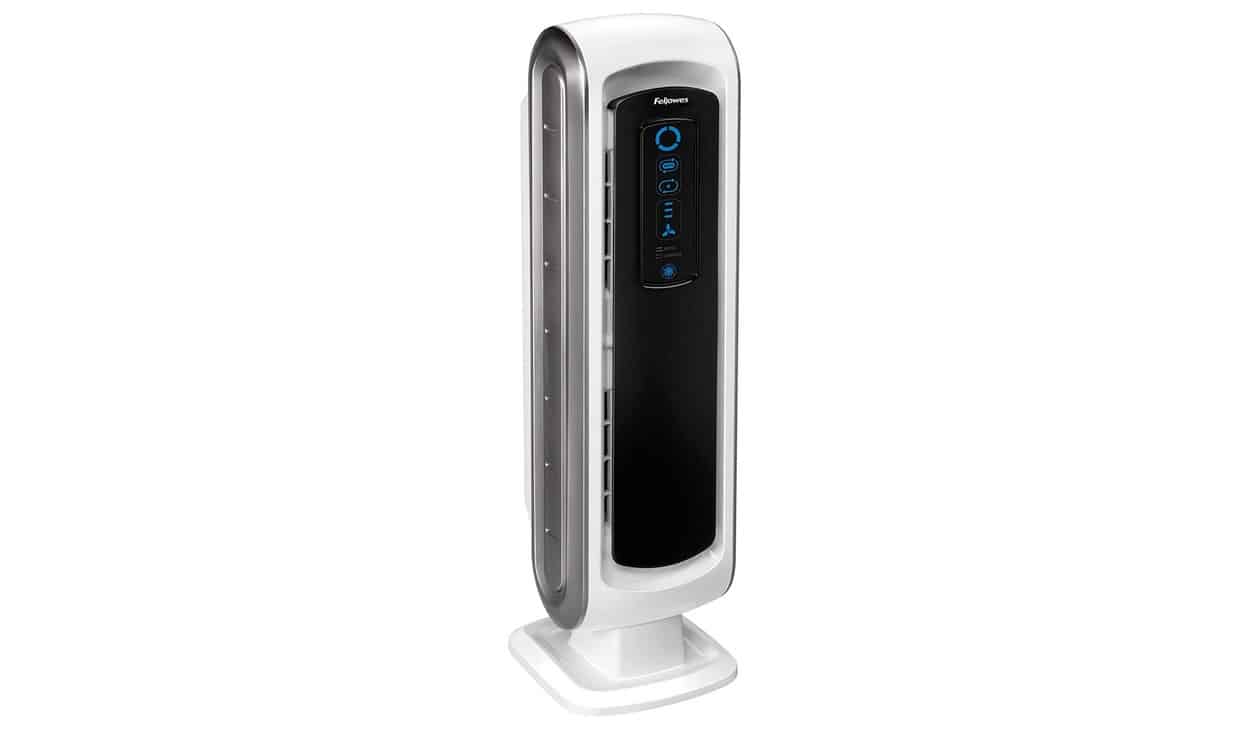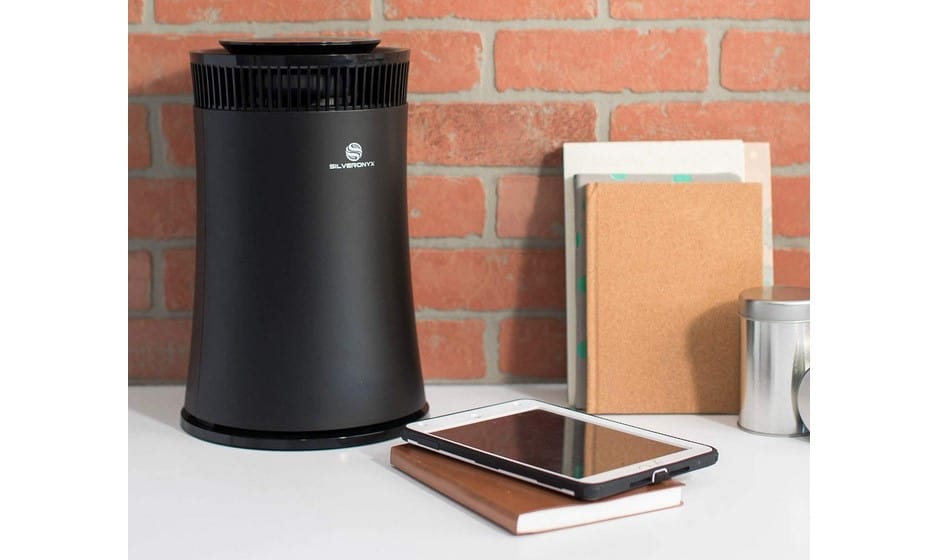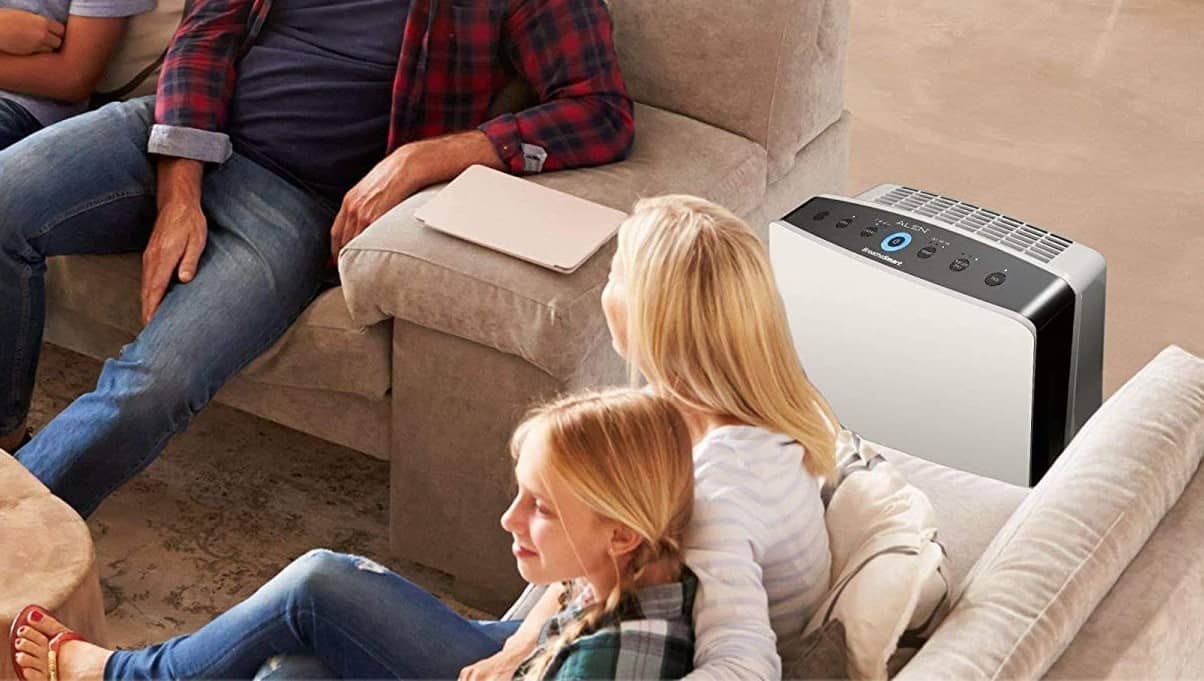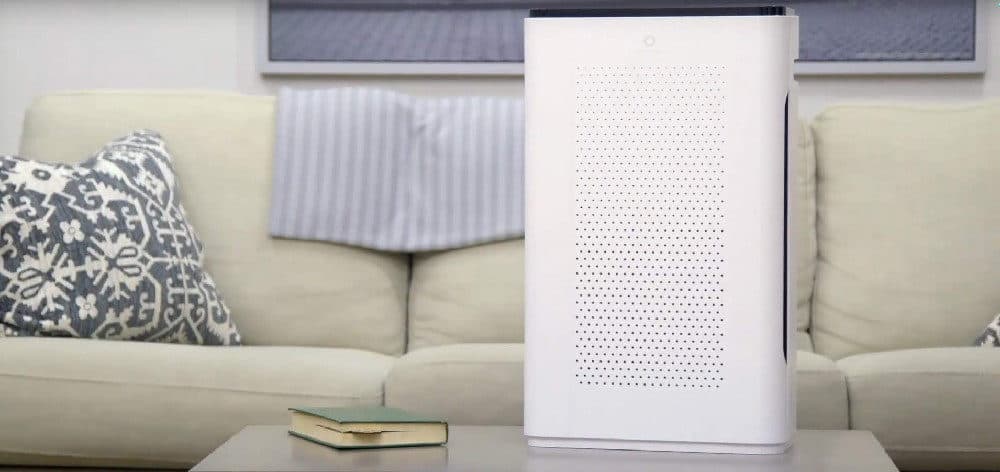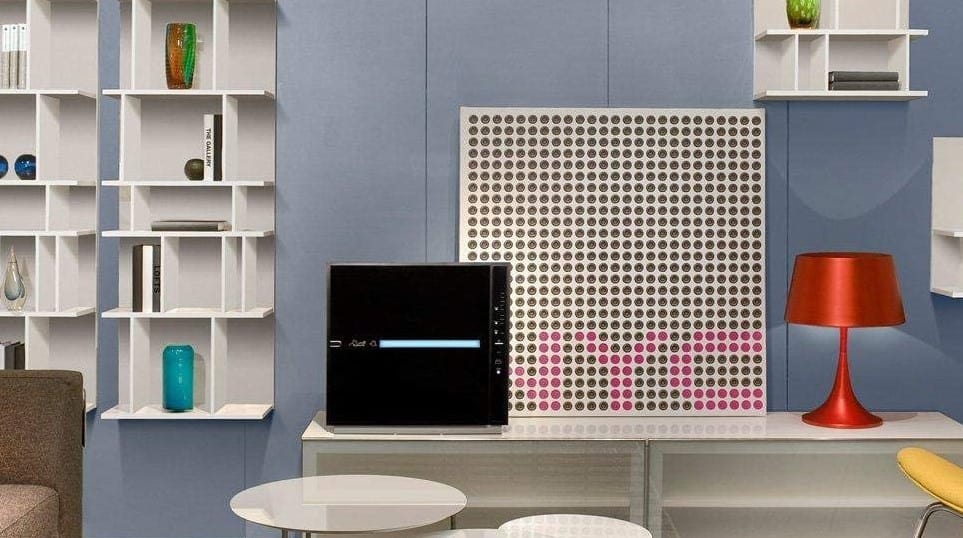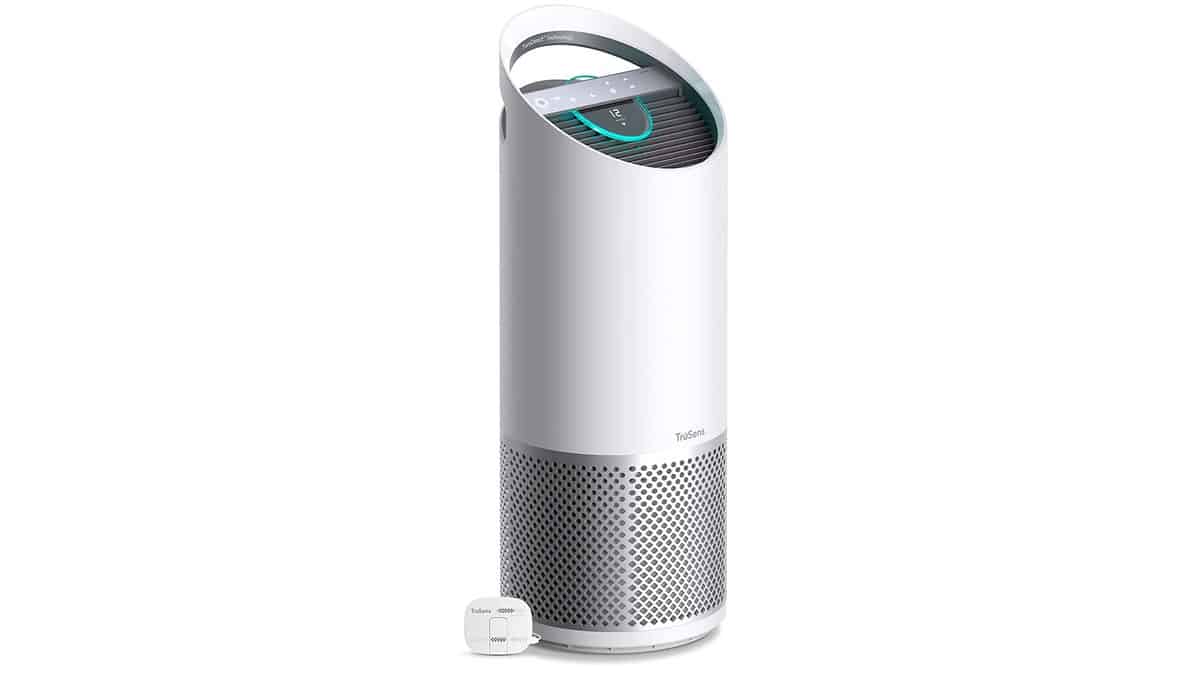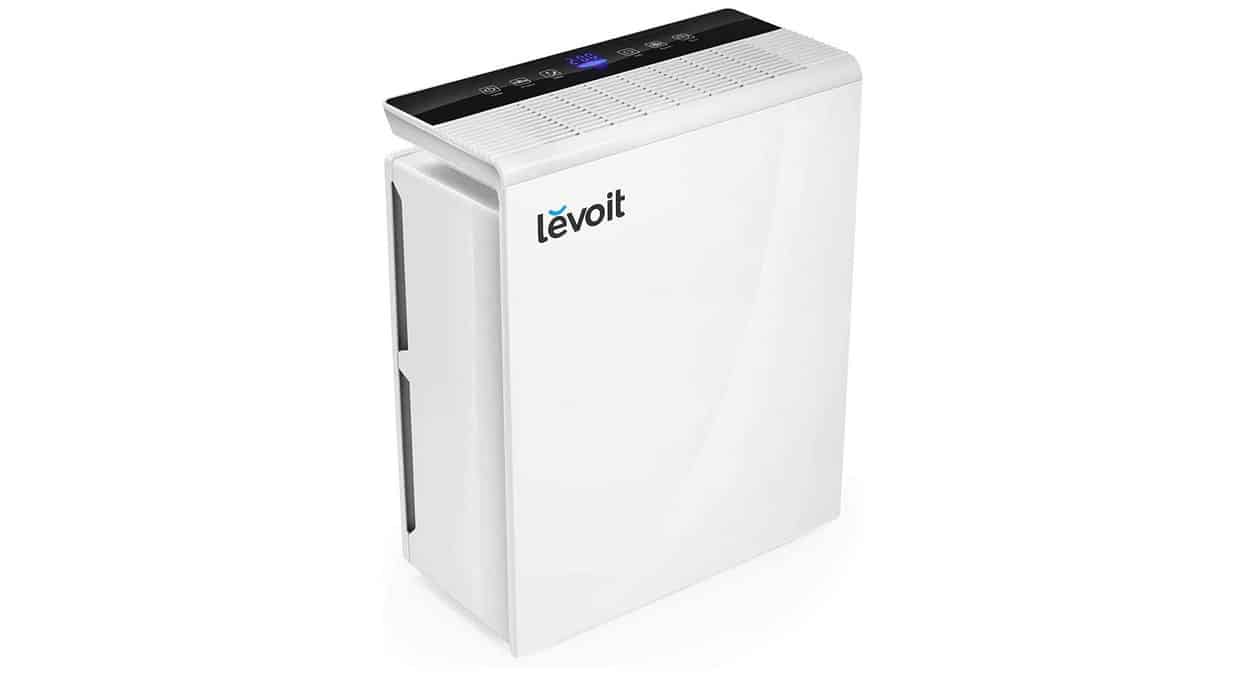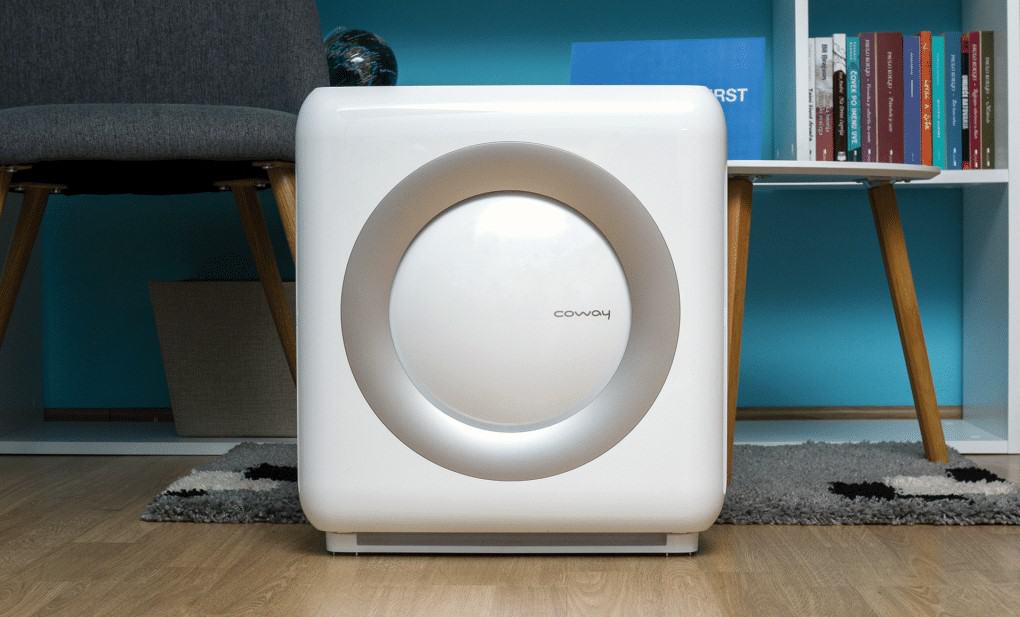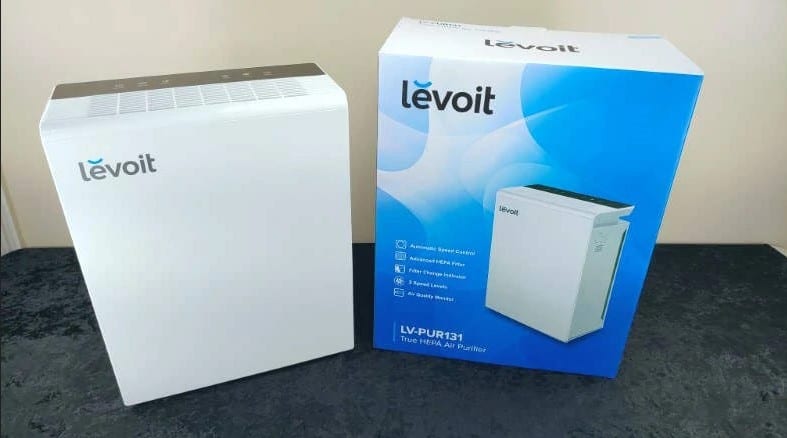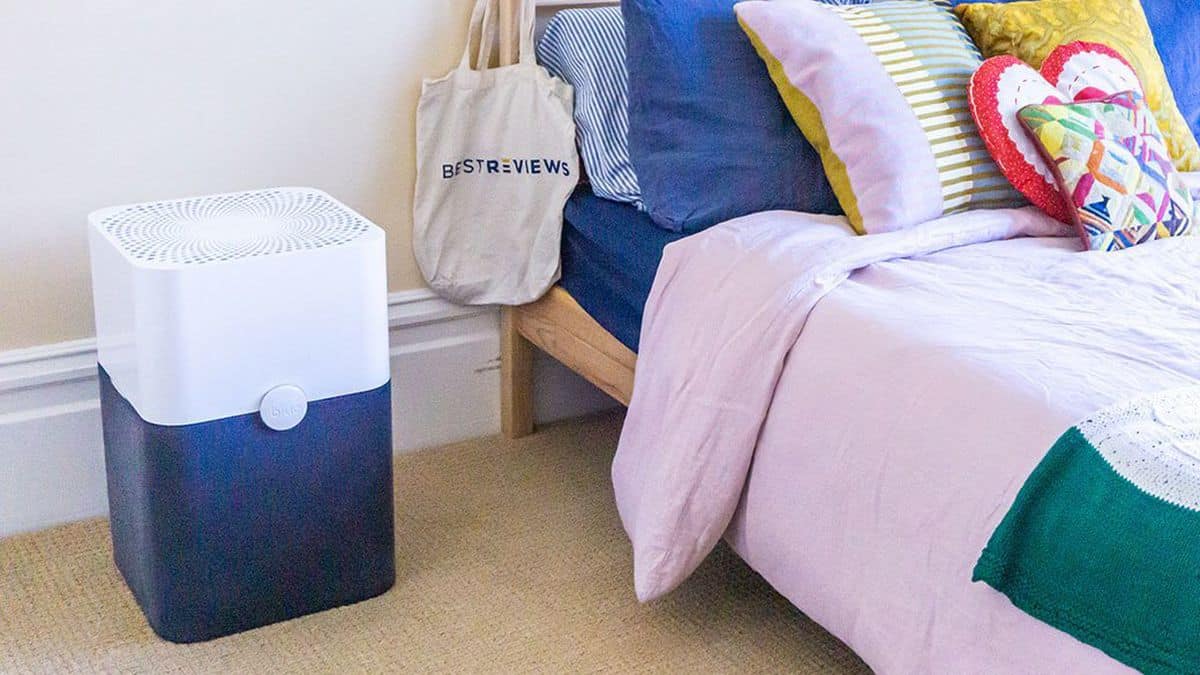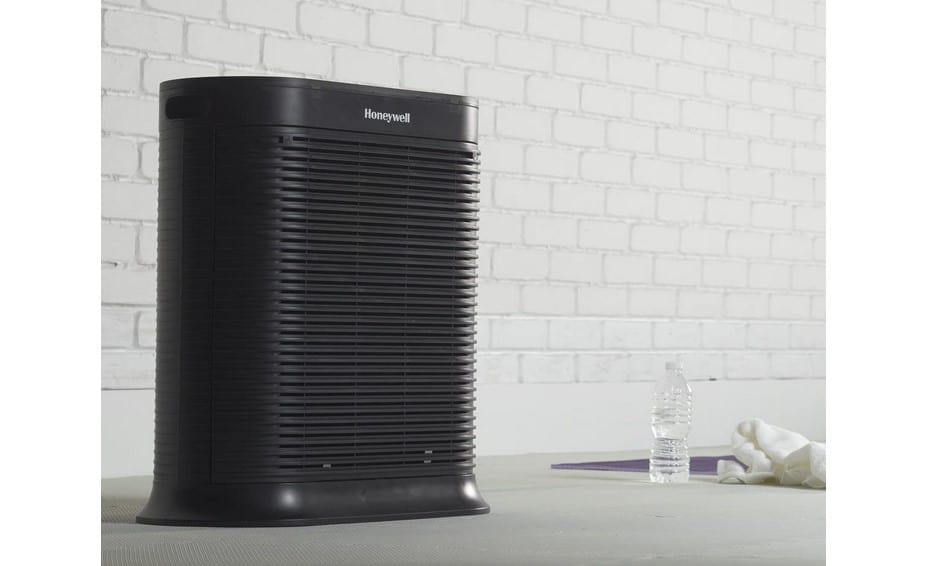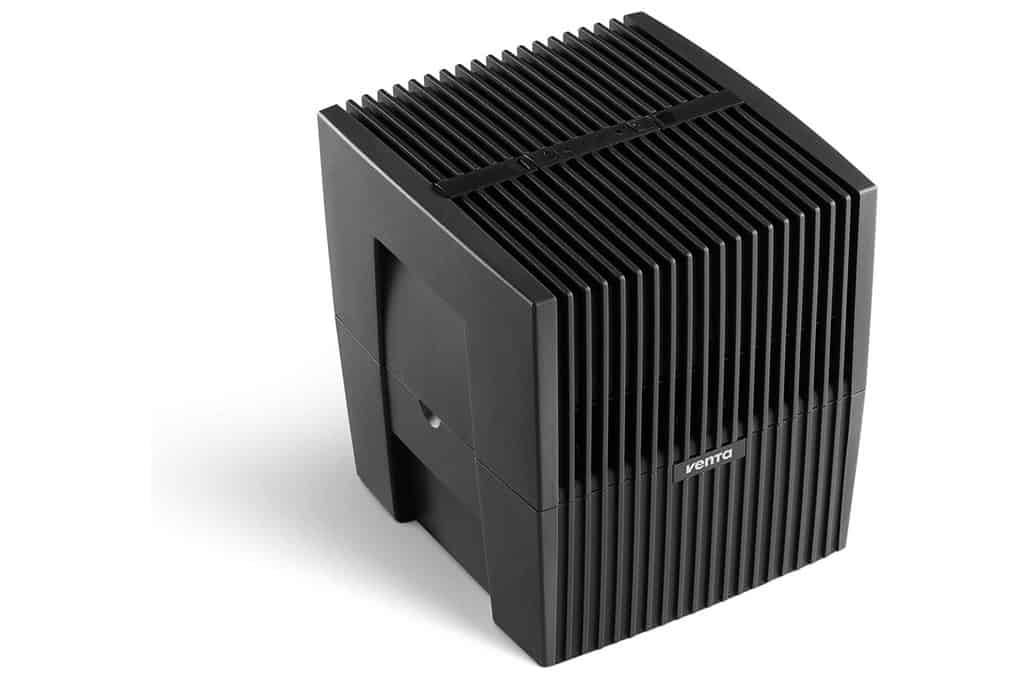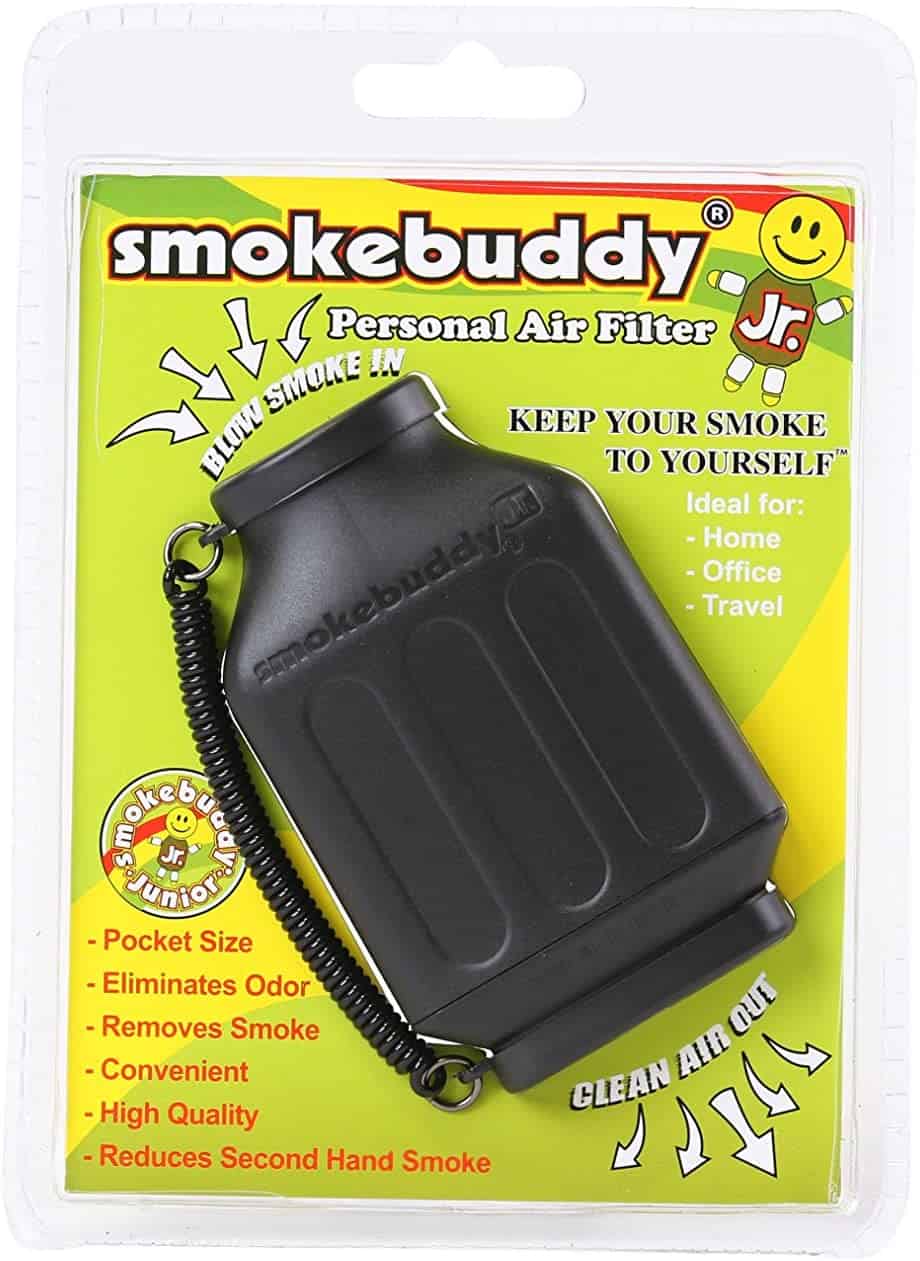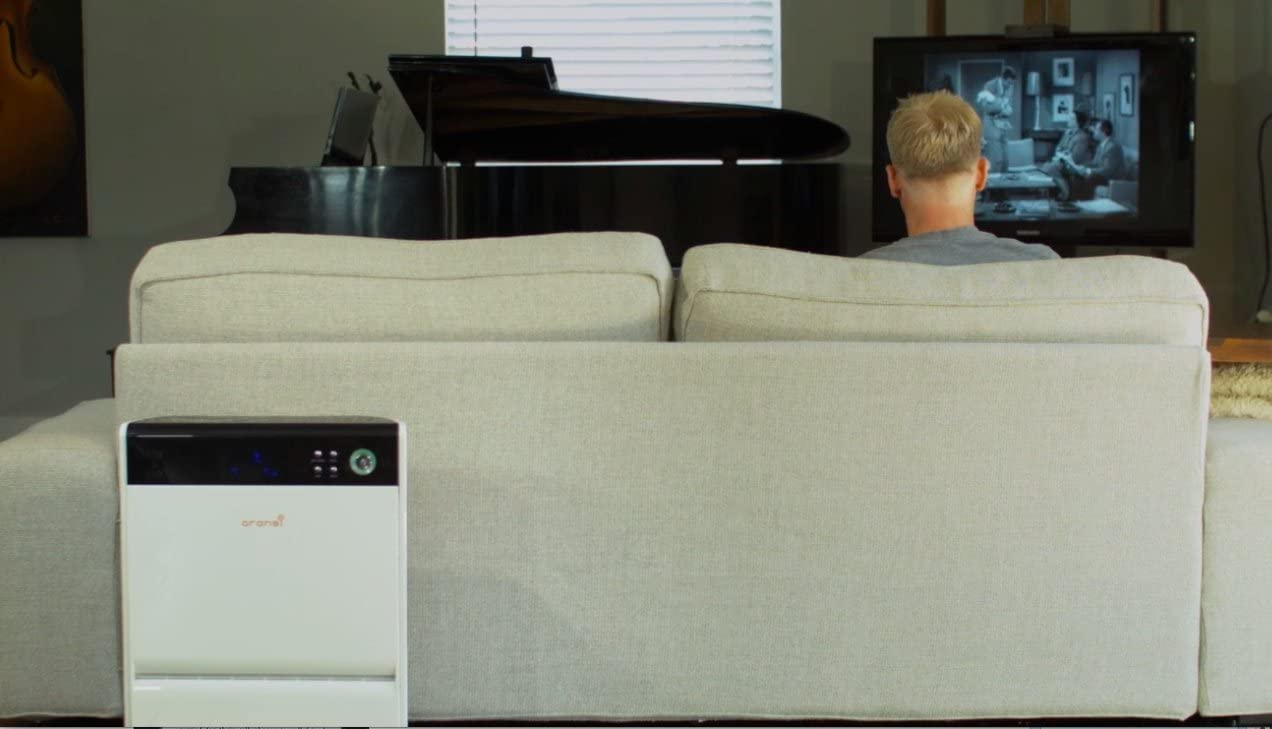Consumers may confuse fans and air purifiers because they sometimes look similar, making it hard to know when you are looking. However, the two appliances have different goals and technologies. So, when you are deciding between a fan vs. air purifier, you may want to find out more about what each device does. For example, a fan circulates air while an air purifier removes particles from it. Additionally, there are several air purification techniques to recognize, and the best air purifiers showcase the different techniques.
KEY TAKEAWAYS:
- Fans aim to increase the airflow within a room, typically using an arrangement of blades and vanes.
- Air purifiers eliminate airborne particles to improve indoor air quality.
- Some air purifiers also have fans that pull in the air and push it through the filter and back out into the room.
Air Purifiers vs. Fans
Fans come in various shapes, including circular, square, and tower fans. They help push air around the room, and they sometimes facilitate ventilation if a window is open. Air purifiers, on the other hand, do not circulate air. Instead, they treat the air by reducing or eliminating particulate matter and indoor air pollutants. Manufacturers use different methods for purification in their air purifiers, including electronic, ultraviolet light, and filtration. In addition, some brands offer fans with built-in air purification technology, improving air quality and airflow throughout the room. Before choosing an air purifier, make sure you understand the difference between a filter and a filterless air purifier, so you can make the best choice.
Insider Tip
If you are looking for a way to circulate air, a fan will solve your problem.
Fans for Circulating and Cooling Air
Many fans use an assembly of blades or vanes connected to a motor inside a housing design. As the user turns the fan on, the electricity powers the motor, causing the blades to rotate and air to circulate. Most fans feature multiple speed settings that affect how much air the fan pulls in and pushes out and the force with which it is propelled. For example, if you put the fan by an open window or door, the fan may help ventilate the room and bring outside air inside. But, some of these make great desktop air purifiers vs any DIY air purifiers.
Types of Portable Air Purifiers that Do Not Use Fans
Electrostatic precipitators, ionizing air purifiers, and ultraviolet sanitizers often do not include a fan. Instead, they filter the nearby air and eliminate particles within a designated space. Electronic air cleaners, like electrostatic precipitators and ionizing air purifiers, emit electrical charges that affect the particles in the air and make them stick to surfaces. To find out the differences between the two, check out this guide: electrostatic precipitator vs. ionizing air purifier. Ultraviolet air purifiers irradiate airborne pollutants before exposing them to UV-C light that eliminates them from the air.
Air Purifiers with Air Filters
Most consumers look for air purifiers that include high-efficiency particulate air (HEPA) filters that eliminate 99.97% of contaminants 0.3 microns in size or larger particles. As a result, many brands offer these types of air purifiers. Some also seek an air purifier with activated carbon, which reduces indoor odors and volatile organic compounds. Ideally, you would want a device with both to cover your bases since combining these two filters improves indoor air quality. To aid you in finding the best air purifier for your family, look for high-rating MERV filters or CADR air purifiers. You may think duct cleaning over an air purifier works, but it doesn’t get everything.
Effectively Using an Air Purifier
Air purifiers with filters include a fan to draw in and release air for filtration, and they are tested on the highest fan speed setting for efficiency. Running the device at a lower speed may decrease its effectiveness, increasing the number of particles that stay in the air, including dust particles, smoke, pet dander, mold spores, pollen, and other allergen triggers for HEPA air filters. On the other hand, if you are using an electronic air purifier or an ozone generator, you should be careful when running these devices long-term, as ozone can be toxic.
Warning
Fans do not eliminate airborne pollutants as air purifiers do.
F.A.Q.
What are air purifiers supposed to filter out, and do they do it?
Most air purifiers filter out airborne pollutants with varying degrees of success. A HEPA air purifier filters out 99.97% of particles 0.3 microns in size or larger, and it is considered the gold standard. An activated carbon filter, however, eliminates gaseous pollutants, odors, and volatile organic compounds.
Are air purifiers also fans?
Some air purifiers include fans that pull air in and push it through the filter, but most air purifiers cannot process as much air or as quickly as a fan can. However, brands have released fan models that feature filtration.
What should I look for in an air purifier?
You should look for a high clean air delivery rate (CADR) rating because this measures how well air is purified and airflow. If you are looking at a filter-based air purifier, you can also check the minimum efficiency reporting value (MERV) rating.
STAT: According to the Thayer School of Engineering at Dartmouth, electrostatic precipitators remove over 99% of ash particles. (source)
REFERENCES:
- https://en.wikipedia.org/wiki/Fan_(machine)
- https://www.epa.gov/indoor-air-quality-iaq/what-merv-rating-1r
- https://en.wikipedia.org/wiki/Clean_air_delivery_rate#:~:text=The%20clean%20air%20delivery%20rate,a%20given%20size%20distribution%20removed
- https://www.epa.gov/sites/default/files/2018-07/documents/residential_air_cleaners_-_a_technical_summary_3rd_edition.pdf

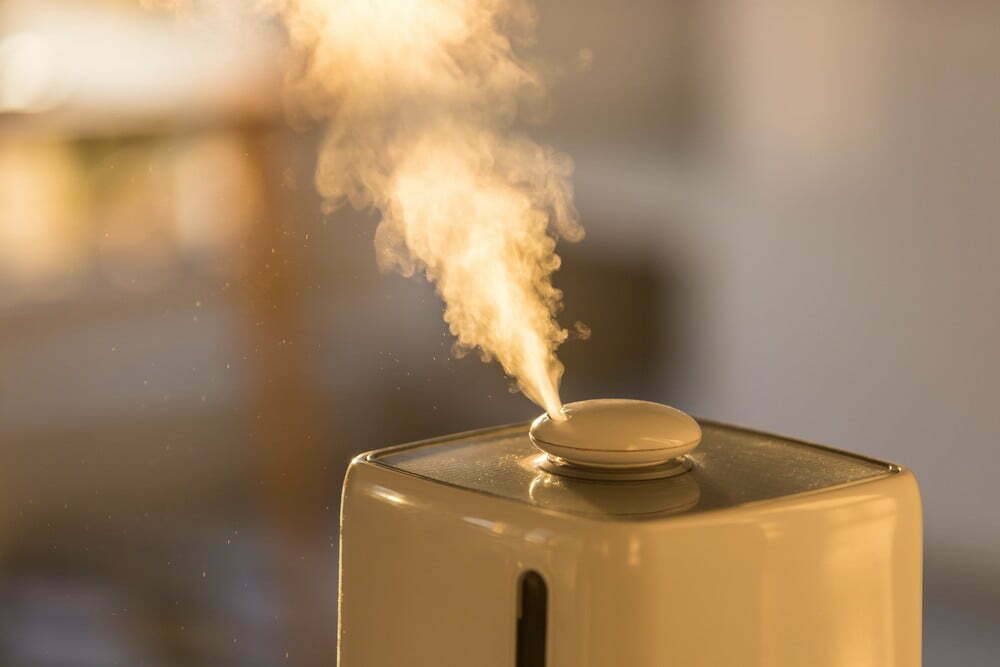













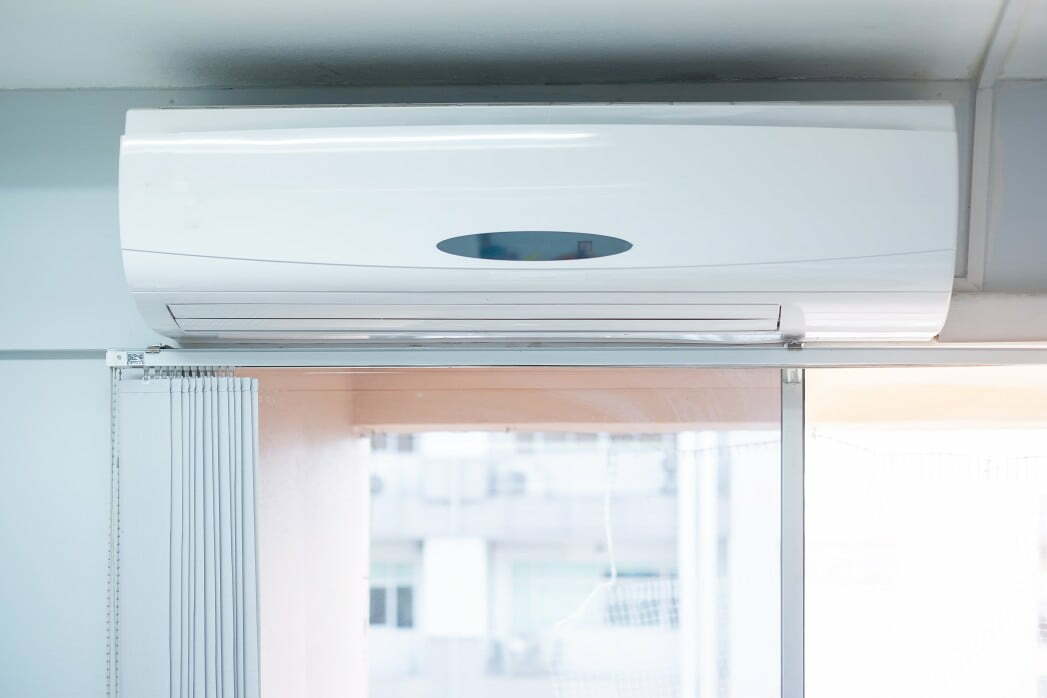

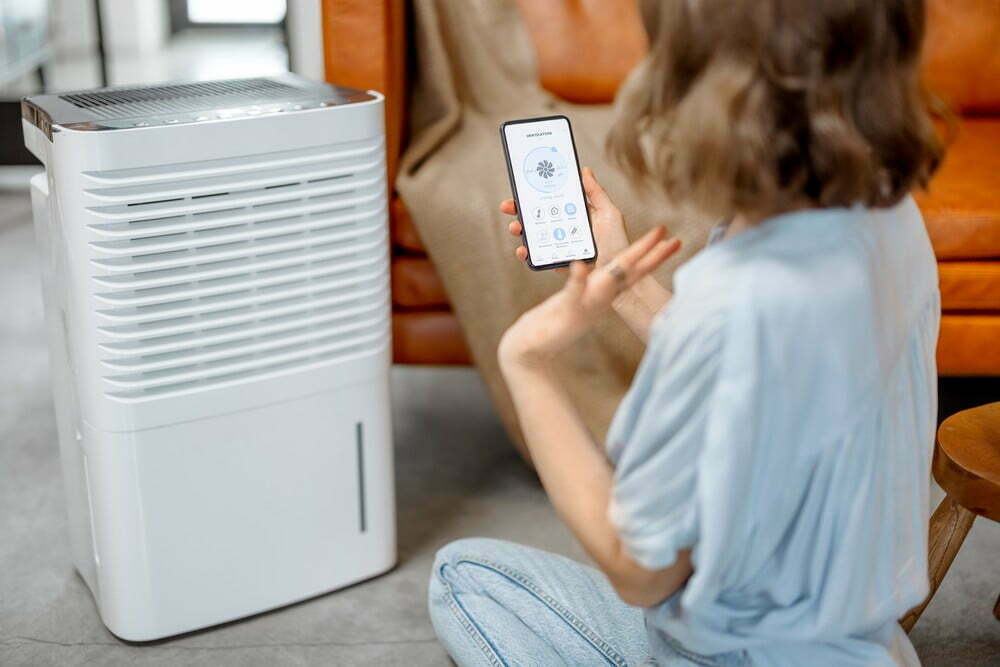
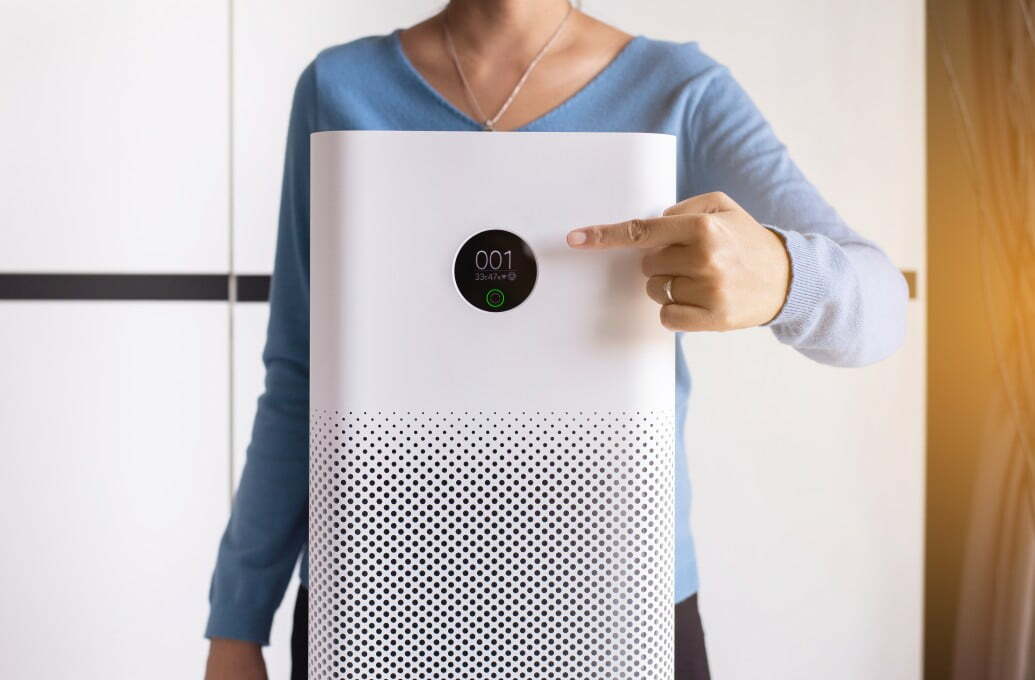
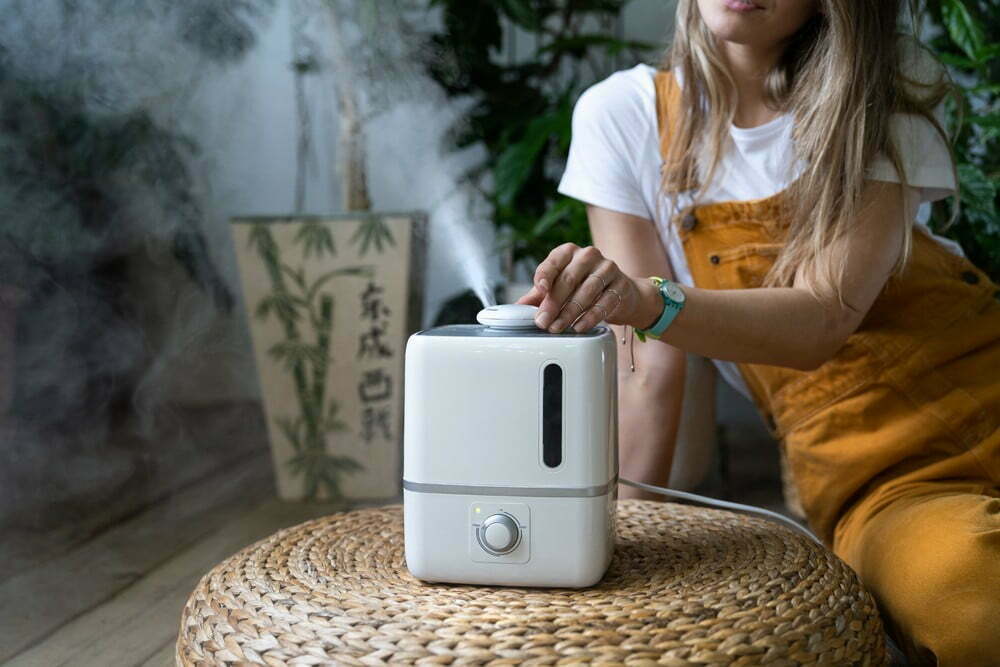


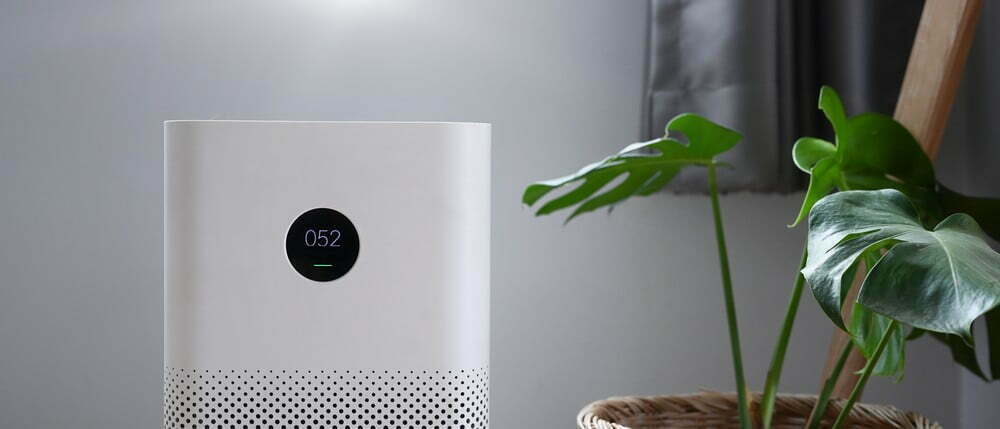
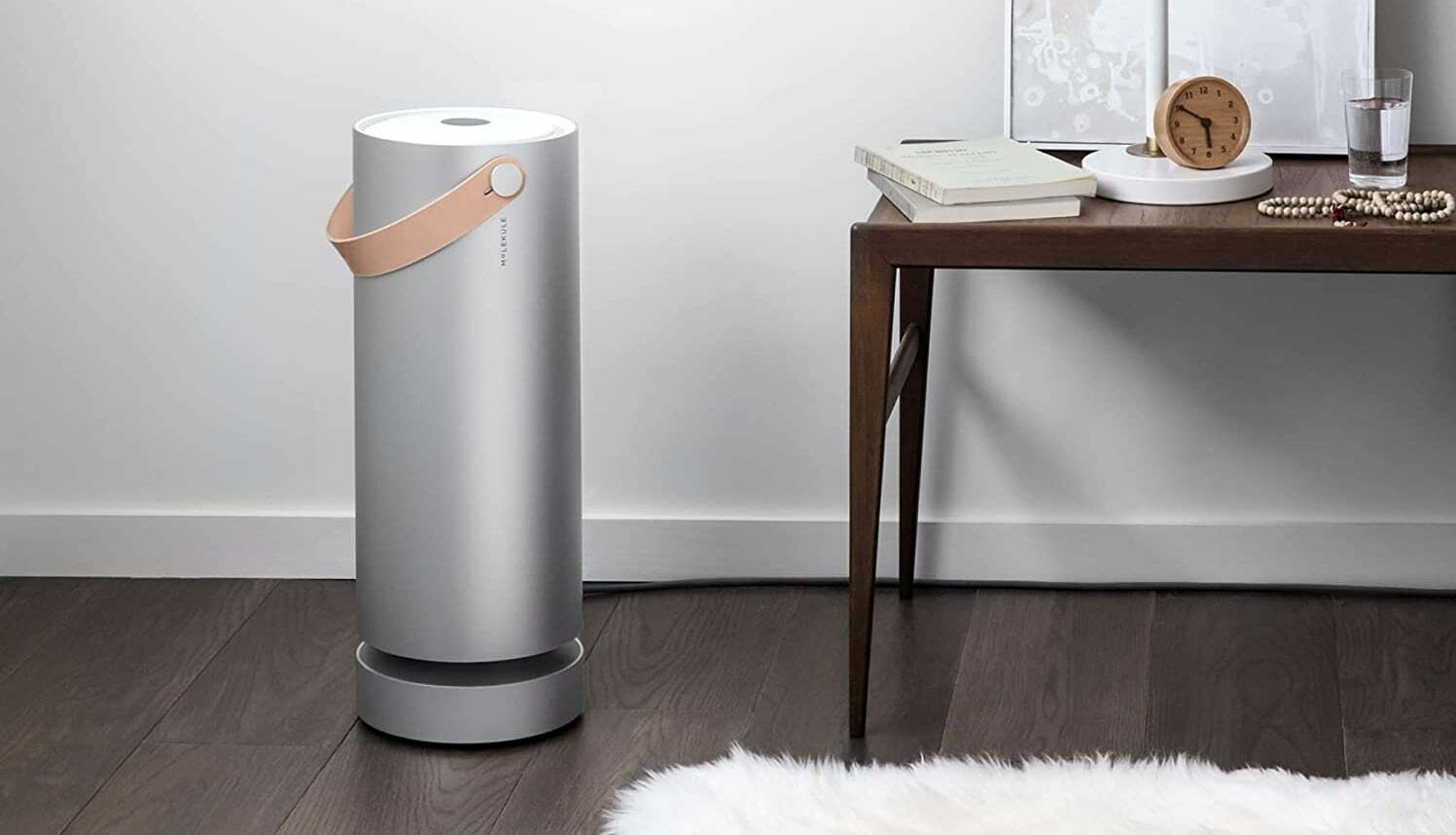
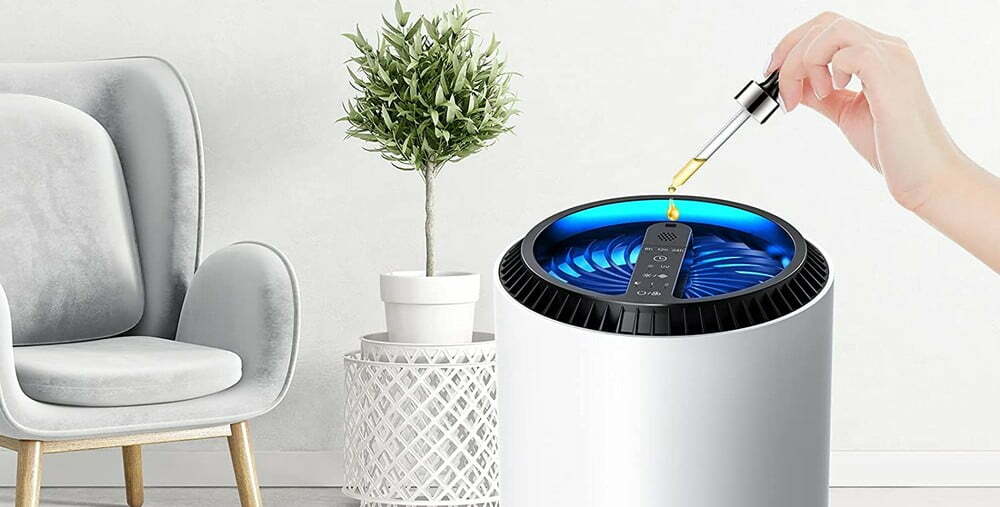
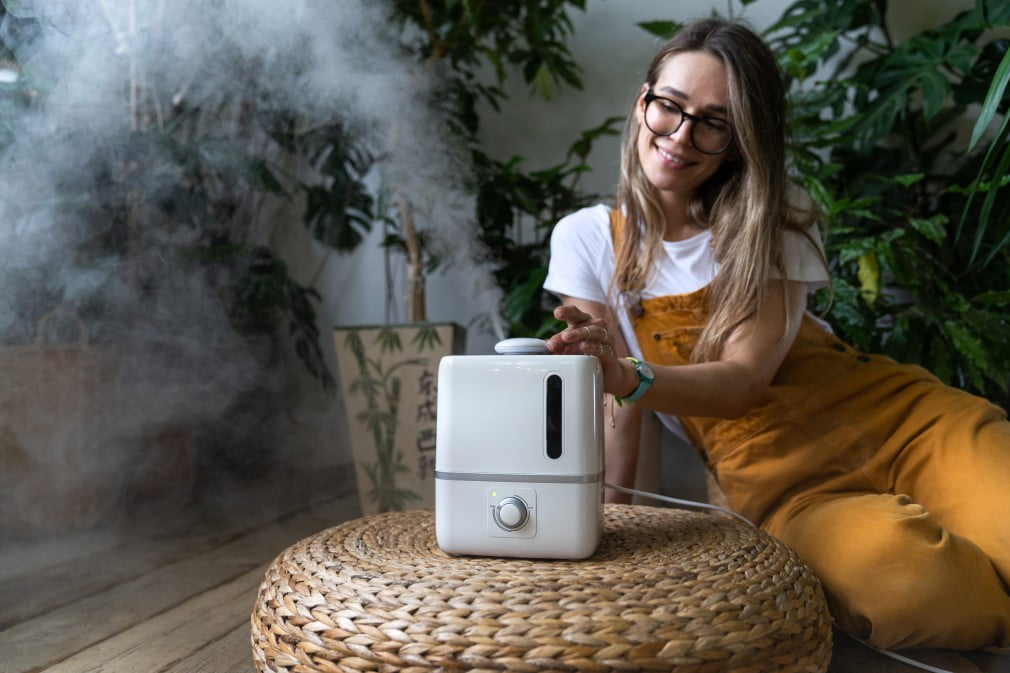
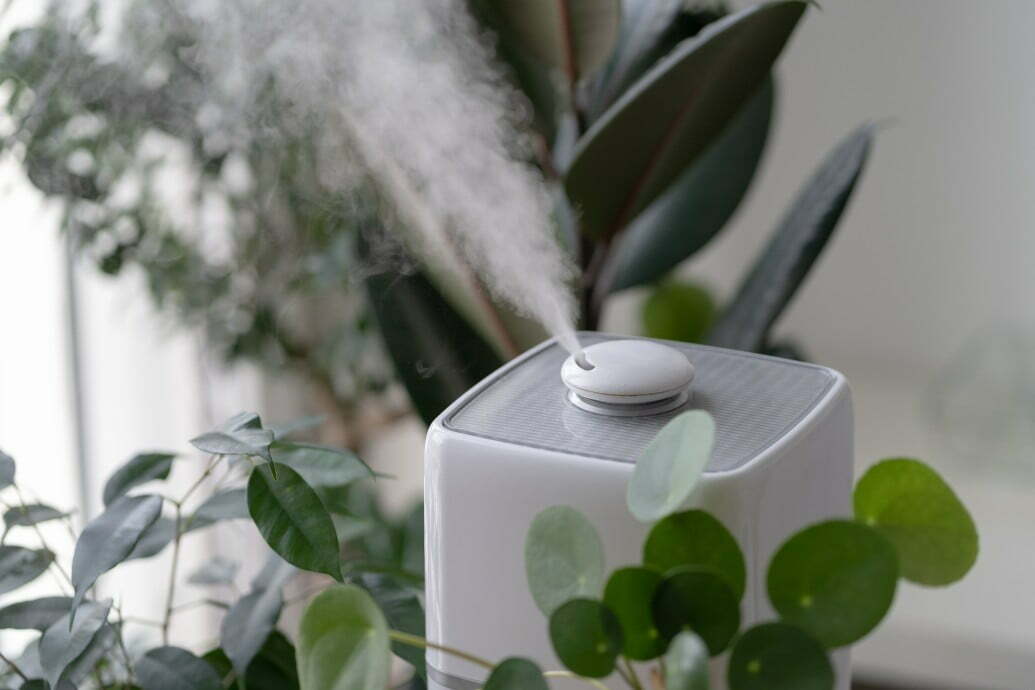

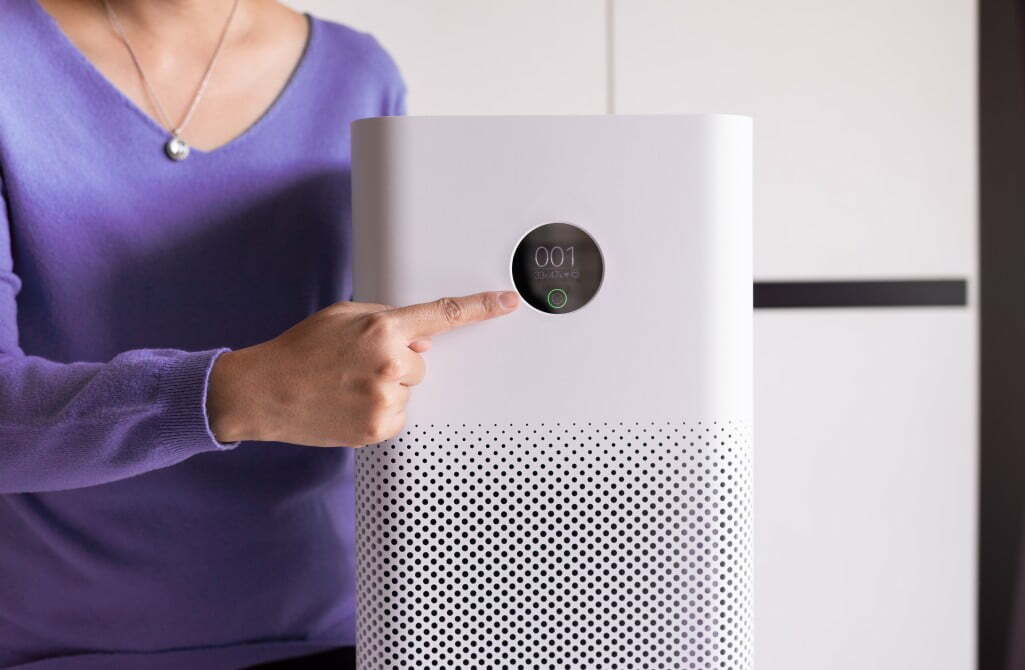
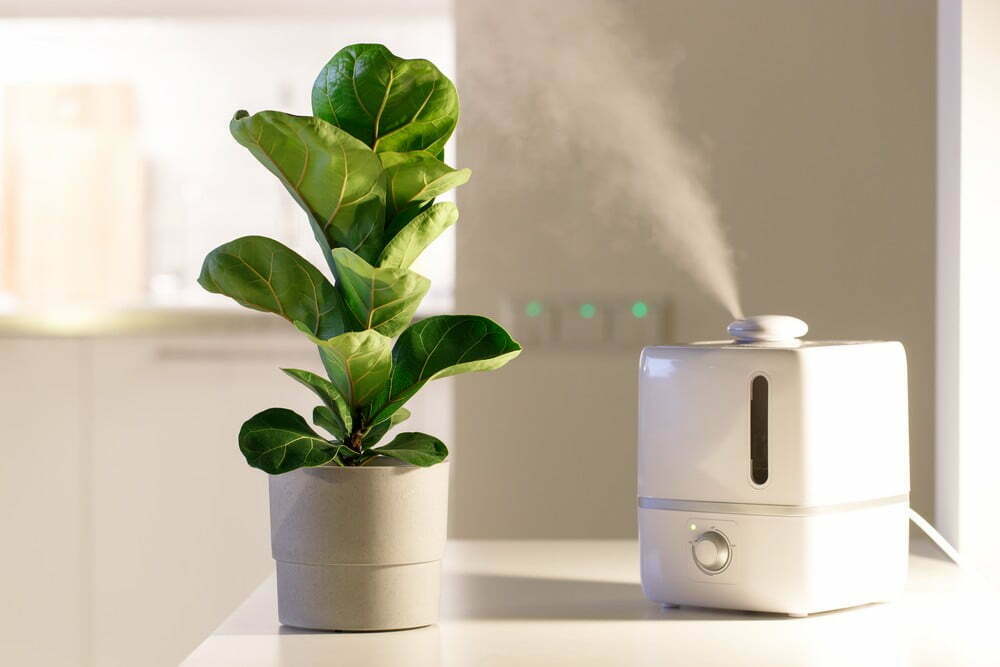

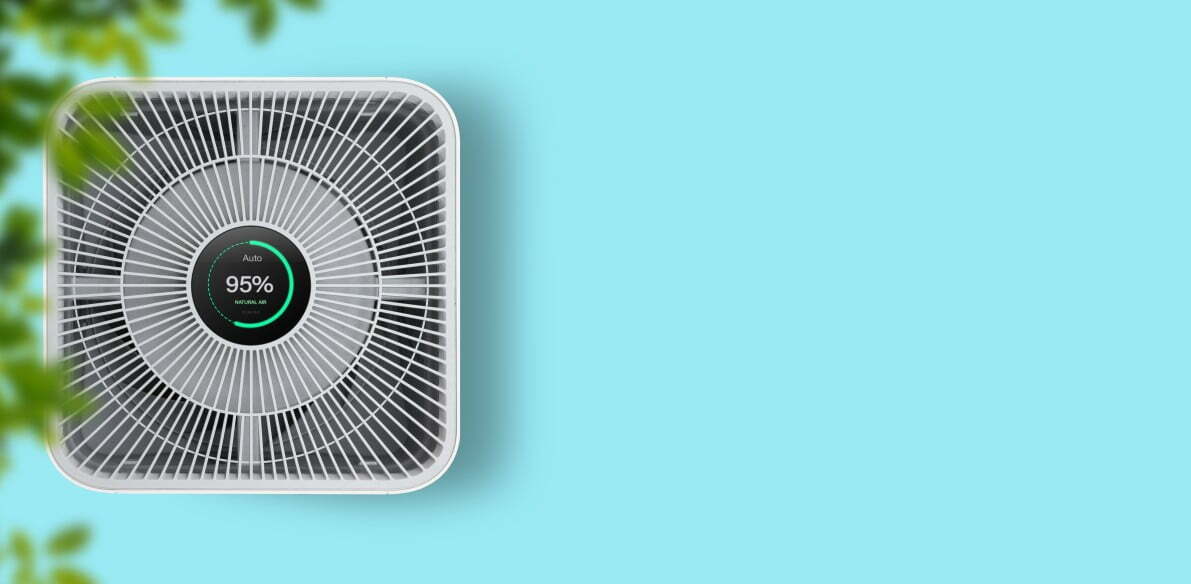
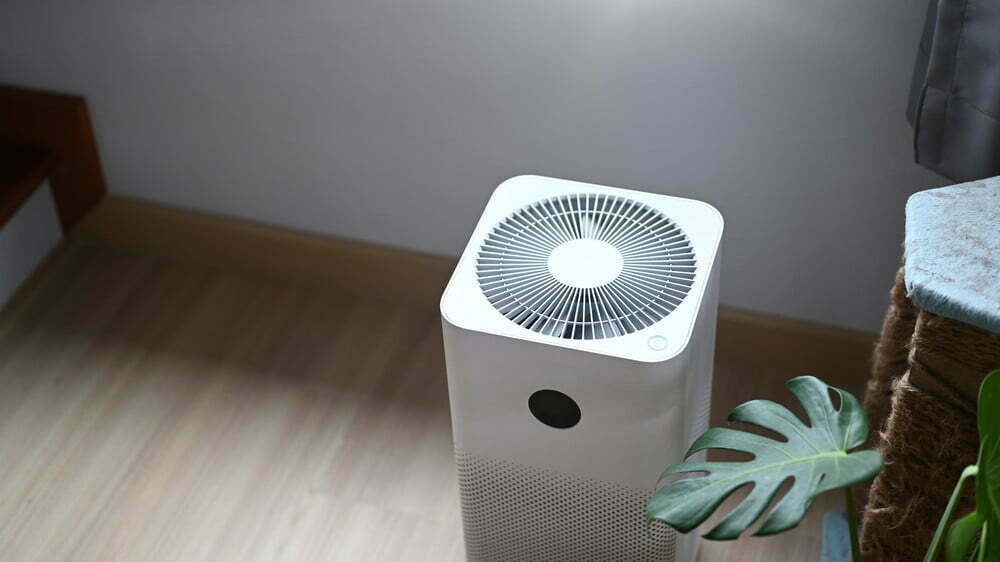
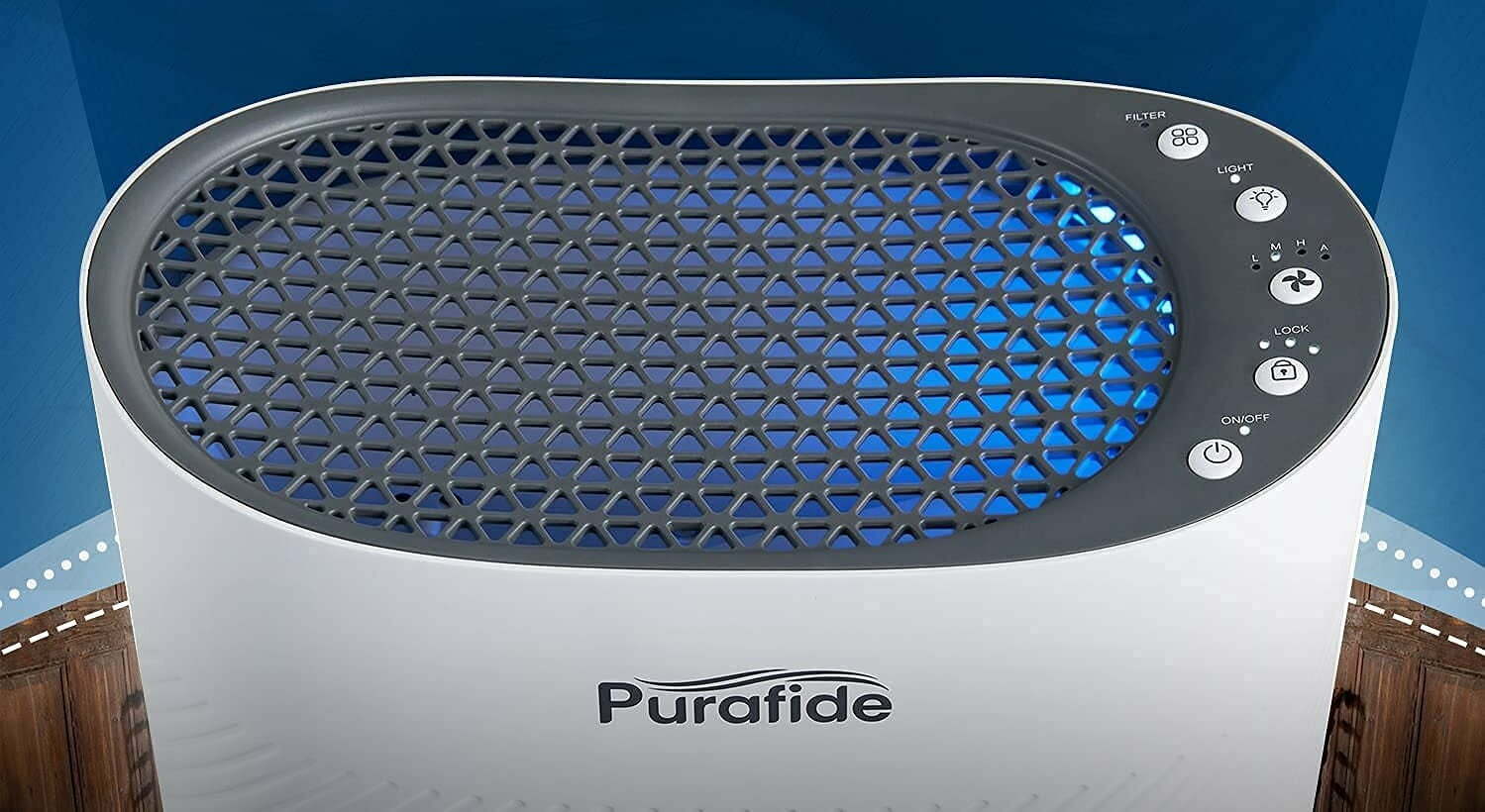
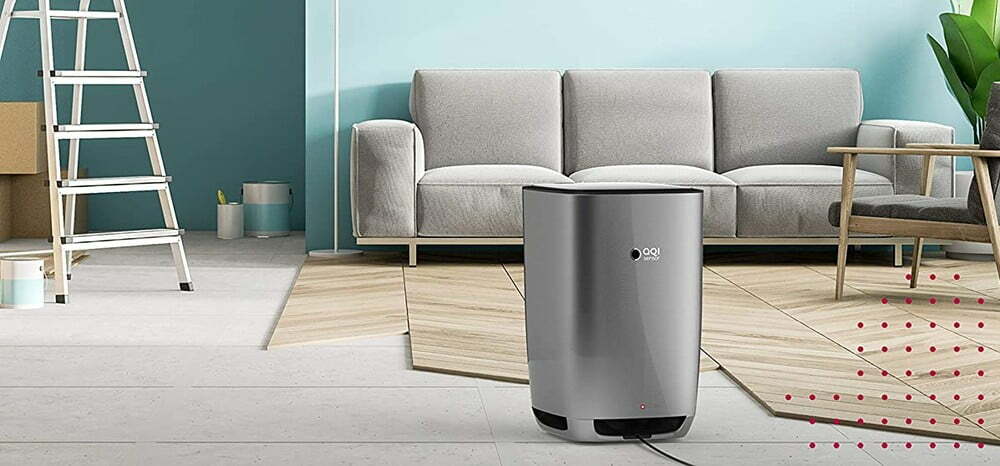
![Best Air Purifiers for VOCs and Formaldehyde in [year] 27 Best Air Purifiers for VOCs and Formaldehyde in 2025](https://www.gadgetreview.dev/wp-content/uploads/best-air-purifier-for-vocs-and-formaldehyde-image.jpg)
![Best Air Purifier in [year] ([month] Reviews) 28 Best Air Purifier in 2025 (December Reviews)](https://www.gadgetreview.dev/wp-content/uploads/Honeywell-True-HEPA-Allergen-Remover-HPA300-e1475603569442.jpg)
![Best Air Purifiers for Dust in [year] 29 Best Air Purifiers for Dust in 2025](https://www.gadgetreview.dev/wp-content/uploads/best-air-purifier-for-dust-image.jpg)
![Best Honeywell Air Purifiers in [year] 30 Best Honeywell Air Purifiers in 2025](https://www.gadgetreview.dev/wp-content/uploads/best-honeywell-air-purifier-image.jpg)
![Best Germicidal Air Purifiers in [year] 31 Best Germicidal Air Purifiers in 2025](https://www.gadgetreview.dev/wp-content/uploads/best-germicidal-air-purifier-image.jpg)
![Best Filterless Air Purifiers in [year] 32 Best Filterless Air Purifiers in 2025](https://www.gadgetreview.dev/wp-content/uploads/best-filterless-air-purifier-image.jpg)
![Best Levoit Air Purifiers in [year] 33 Best Levoit Air Purifiers in 2025](https://www.gadgetreview.dev/wp-content/uploads/best-levoit-air-purifier-image.jpg)
![Best Air Purifiers for Smoking Weed in [year] 34 Best Air Purifiers for Smoking Weed in 2025](https://www.gadgetreview.dev/wp-content/uploads/best-air-purifier-for-smoking-weed-image.jpg)
![Best Quiet Air Purifiers in [year] 35 Best Quiet Air Purifiers in 2025](https://www.gadgetreview.dev/wp-content/uploads/best-quiet-air-purifier-image.jpg)
![Best Desktop Air Purifiers in [year] 36 Best Desktop Air Purifiers in 2025](https://www.gadgetreview.dev/wp-content/uploads/best-desktop-air-purifier.jpg)
![Best Dyson Air Purifiers in [year] 37 Best Dyson Air Purifiers in 2025](https://www.gadgetreview.dev/wp-content/uploads/best-dyson-air-purifier.jpg)
![Best Air Purifiers for Dorm Room in [year] 38 Best Air Purifiers for Dorm Room in 2025](https://www.gadgetreview.dev/wp-content/uploads/air-purifier-for-dorm-room-1.jpg)
![Best Air Purifiers for Office in [year] 39 Best Air Purifiers for Office in 2025](https://www.gadgetreview.dev/wp-content/uploads/best-air-purifier-for-office.jpg)
![Best Air Purifiers for Basement in [year] 40 Best Air Purifiers for Basement in 2025](https://www.gadgetreview.dev/wp-content/uploads/best-air-purifier-for-basement.jpg)
![Best Air Purifiers For Odor in [year] 41 Best Air Purifiers For Odor in 2025](https://www.gadgetreview.dev/wp-content/uploads/best-air-purifier-odor.jpg)
![10 Best Personal Air Purifiers in [year] 42 10 Best Personal Air Purifiers in 2025](https://www.gadgetreview.dev/wp-content/uploads/best-personal-air-purifiers.jpg)
![10 Best Plug In Air Purifiers in [year] 43 10 Best Plug In Air Purifiers in 2025](https://www.gadgetreview.dev/wp-content/uploads/best-plug-in-air-purifier-image.jpg)
![10 Best Whole House Air Purifiers in [year] 44 10 Best Whole House Air Purifiers in 2025](https://www.gadgetreview.dev/wp-content/uploads/best-whole-house-air-purifier-image.jpg)
![10 Best Large Room Air Purifiers in [year] 45 10 Best Large Room Air Purifiers in 2025](https://www.gadgetreview.dev/wp-content/uploads/Coway-Airmega-200M-Large-Room-Air-Purifier-900x900-1.png)
![10 Best UV Air Purifiers in [year] 46 10 Best UV Air Purifiers in 2025](https://www.gadgetreview.dev/wp-content/uploads/best-uv-air-purifier.jpg)
